General Motors Death Watch 164: Two-Mode Hybrid RIP?
In the world of hybrid-drive technology, far-sighted development can pay huge dividends. Just ask Toyota, whose sales of Hybrid Synergy Drive-powered vehicles passed the global million-unit mark last year. While Nissan is licensing Toyota's Synergy Drive for its Altima Hybrid, GM has passed on proven success in its pursuit of two-mode hybrid technology with BMW, Mercedes and Chrysler at their joint Hybrid Development Center in Troy, Michigan. Smooth move or just another example of GM throwing good money after bad? Yup, you guessed it.
The main reason for the cooperative approach on hybrid technology: the inherent complexity of the two-mode hybrid system and its correspondingly high development costs. At low speeds, the two-mode hybrid system operates in virtually the same manner as Toyota’s Synergy Drive and other “single mode” hybrids. The package uses one electric motor for drivetrain assist and another for power generation. It’s in the second “mode” of the system is where things get crazy… and expensive.
At higher speeds and heavier loads, an intensely complex twin-clutch system interfaces two sets of planetary gears with the two electric engines to create both stepped and continuously-variable transmission modes. The system moderately improves efficiency by routing power mechanically rather than electronically.
Coupled with “displacement-on-demand” technology (which shuts down cylinders under light power use), GM claims their system improves combined EPA fuel efficiency on full-size SUV's like the Tahoe/Yukon by as much as 25 percent. But the high development costs and technological complexity add about $10k worth of sticker shock over a stock Tahoe. It would take a whole lot of driving for an owner of a two-mode hybrid SUV to recoup the “hybrid premium.”
Even if GM sells tens of thousands of hybrid SUVs, it’s doubtful they will recoup their share of the investment in its development. But the only thing worse than overpaying for overcomplicated, under-performing technology is watching as your former development partners ditch you and innovate your technology into obsolescence.
While GM has jumped right in to the market with two-mode Yukon/Tahoe models for '08 and is gearing-up for more models, BMW is planning on releasing only two two-mode hybrids. What’s more (or less), they’re only selling their X5/X6 two-mode hybrids stateside. Beyond that tepid effort, the chances increase daily that BMW will join Mercedes in washing its hands of two-mode technology entirely. Bimmer and Merc are jointly developing a lithium-ion battery based mild hybrid, touted as a cheaper and more efficient alternative to GM's two-mode unit.
Why wouldn't the Germans dump the two-mode system? With clean diesels on the way, and the BMW mild hybrid diesel coming down the pike, BMW and Mercedes are likely nursing a severe case of two-mode buyer’s remorse.
By any reasonable standard, GM should be too. Although part of the two-mode’s appeal lies in its advantages in truck, SUV and other high-torque applications which hold the promise of reinvigorating GM's flagging bread-and-butter truck sales, once again a simpler solution lies well within reach.
The General's recently released Duramax diesel V8 delivers a nearly identical 25 percent reduction in fuel consumption as the two-mode hybrid. Thanks to its particulate filter and NOX after-treatment system, the Duramax oil burner meets 50-state, 2010 emission standards. While the Duramax doesn't grab the green-friendly headlines which seem to motivate every GM efficiency development, it does provide 310 hp in a package the size of a small-block gas V8, with comparable noise vibration harshness levels, without the two-mode’s colossal price tag.
It is precisely on the point of profitability that GM’s green dreams have been faltering. Rather than cut bait and fish, GM is once again displaying copious quantities of its patented arrogance and preference for PR over hard graft and long-term thinking.
Not to put too fine a point on it, GM is ignoring the old maxim: when you’re in a hole, first, stop digging. The automaker is continuing to spread its hybrid efforts thin with its (rushed and compromised) mild hybrid Malibu. It continues to pursue the hugely expensive, untried and untested Volt electric – gas plug-in hybrid. And it refuses to abandon its two-mode snafu. Meanwhile, Toyota is plugging away at its Synergy Dive, steadily lowering costs, bringing the fuel efficient drivetrain within the price range of similarly capable gas engines.
GM remains held captive by its unrealistic goal of creating a truly revolutionary drivetrain. Like a degenerate gambler with a shrinking bankroll, GM seems convinced that ever bigger risks are the key to emerging from its decades-long neglect of fuel efficient vehicles. Rather than chasing the big score, GM would be far better off ceding the hybrid market. If it can’t satisfy new federal corporate average fuel economy regulations using traditional technology, it should join Nissan and license Synergy Drive from Toyota. That way it could concentrate its time and resources on restoring its branding and quality, and, thus, its fortunes.
More by Edward Niedermeyer
Latest Car Reviews
Read moreLatest Product Reviews
Read moreRecent Comments
- Yuda I'd love to see what Hennessy does with this one GAWD
- Lorenzo I just noticed the 1954 Ford Customline V8 has the same exterior dimensions, but better legroom, shoulder room, hip room, a V8 engine, and a trunk lid. It sold, with Fordomatic, for $21,500, inflation adjusted.
- Lorenzo They won't be sold just in Beverly Hills - there's a Nieman-Marcus in nearly every big city. When they're finally junked, the transfer case will be first to be salvaged, since it'll be unused.
- Ltcmgm78 Just what we need to do: add more EVs that require a charging station! We own a Volt. We charge at home. We bought the Volt off-lease. We're retired and can do all our daily errands without burning any gasoline. For us this works, but we no longer have a work commute.
- Michael S6 Given the choice between the Hornet R/T and the Alfa, I'd pick an Uber.

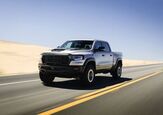















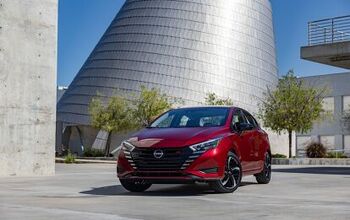
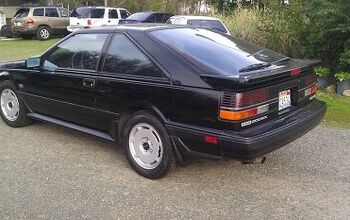


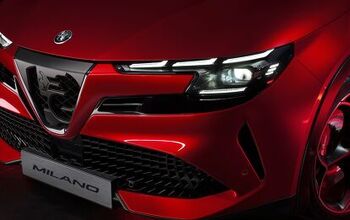

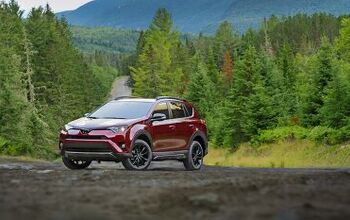





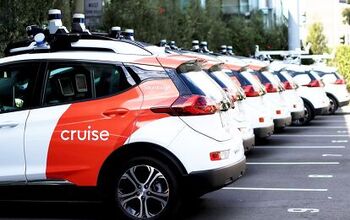

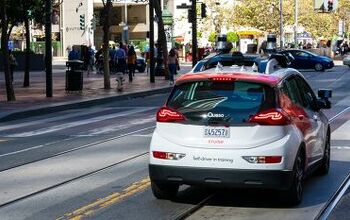
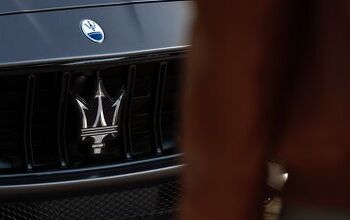
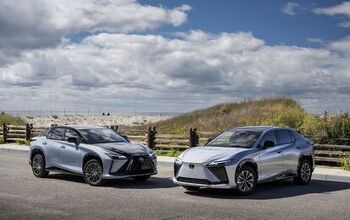
Comments
Join the conversation
With respect to whether or not the Prius is a mid-size or compact... I carefully compare the driver's seat only. The rest of the dimensions in the car get lumped into the category "cargo." Life's tough, kids. Get used to it. That aside, when you compare the individual interior measurements, the Prius is within an inch of the Malibu on everything Edmunds reports. The Corolla is also within an inch of many Prius dimensions but some are off by enough that it's clear the rear seat is going to offer less room and comfort. And there's significantly less luggage room. The Prius IS a bigger car than the Corolla. --- Earlier, Drifer said Toyota suckered GM into a hybrid war. That's not quite true. GM suckered itself. There are other market segments where GM could have invested their time and effort. Toyota still sells 30K to 40K Corollas per month. There are lots of opportunities to sell a good small car without hybrid drivetrain. In fact, just spending the money to make a better Cobalt might pay off. If I thought GM was building a Cobalt with the reliability and fuel economy of a Corolla, I'd be interested. What would it cost to build it better and improve the fuel economy? Or... a Cobalt with "mild" hybrid might make a lot of sense. The only problem with that is GM's "mild" hybrid is still relatively expensive considering the negligible benefit in the EPA testing.
GM is VERY interested in providing products consumers will buy. Why did Toyota sucker GM? GM is also VERY interested in making an impact with their technology. While YOU may not be able to drive their hybrids, or even a Prius, GM is drastically improving fuel efficiency, 100x more than all the Prius-es. BIG PICTURE: "Currently, 720 buses with GM’s 2-mode hybrid system have been delivered to 56 cities across the U.S. and Canada, saving an estimated 1 million gallons of fuel annually." http://www.electricdrive.org/index.php?tg=articles&idx=Print&topics=64&article=1481